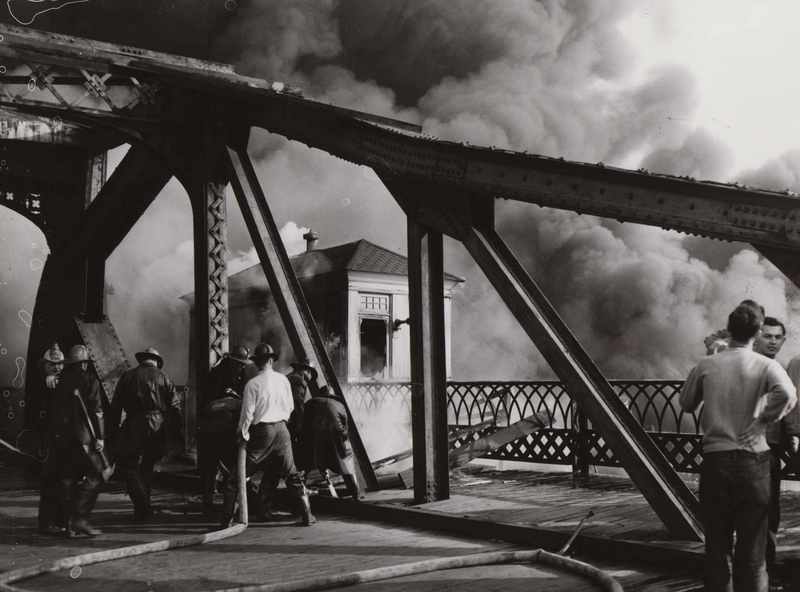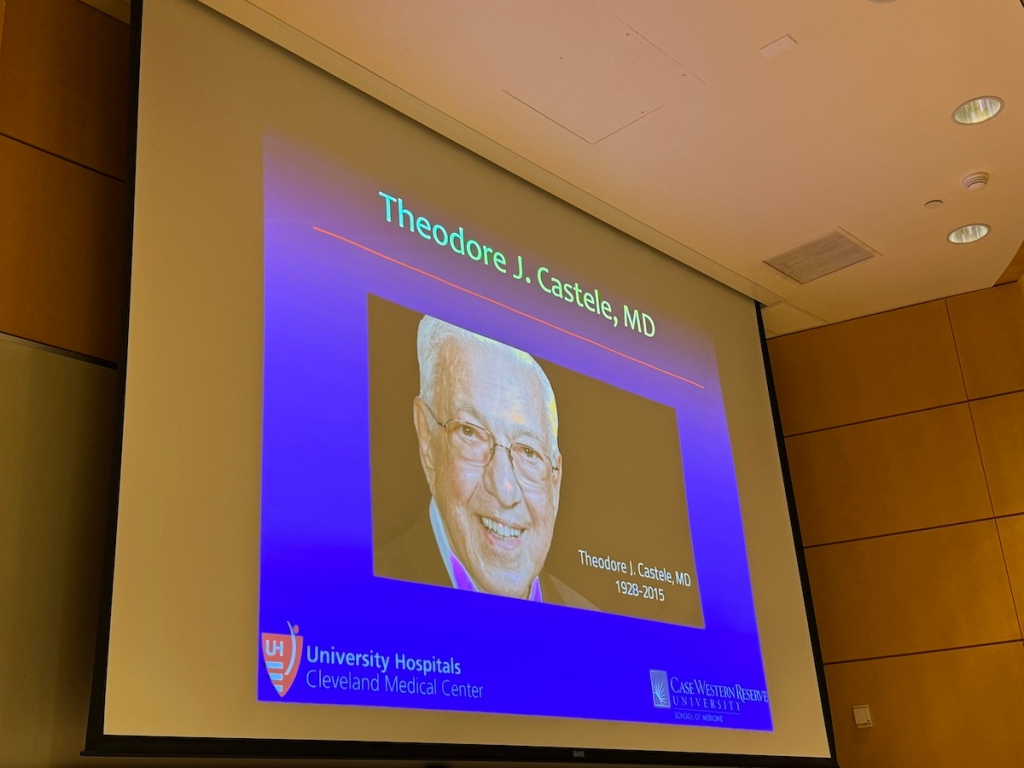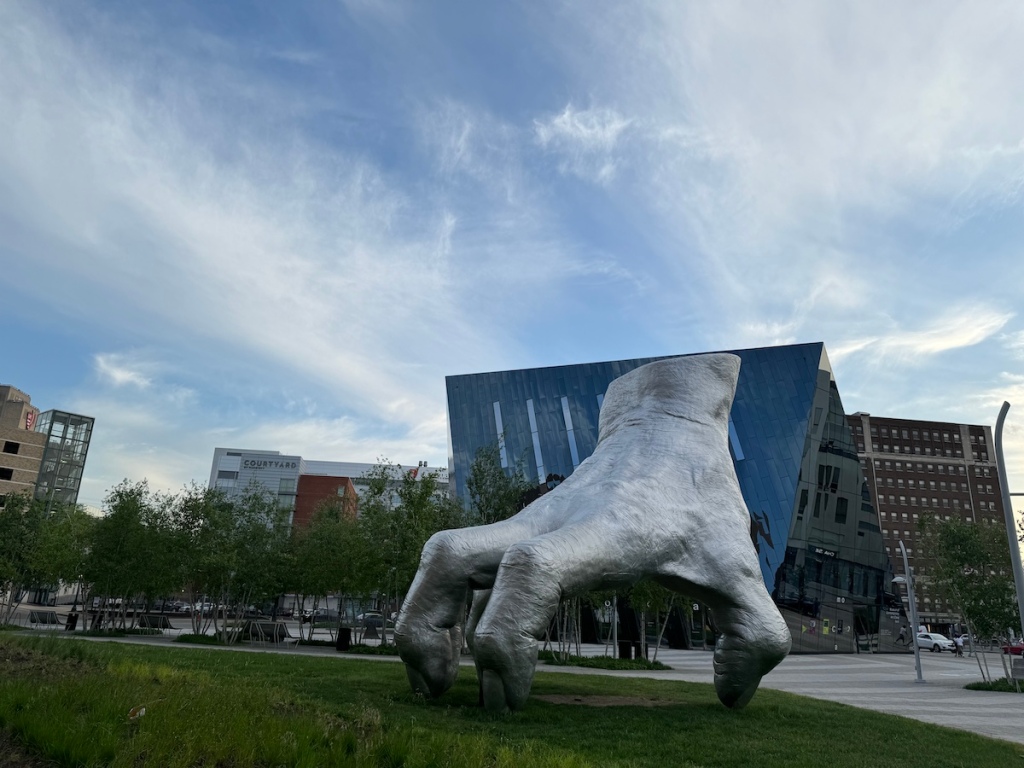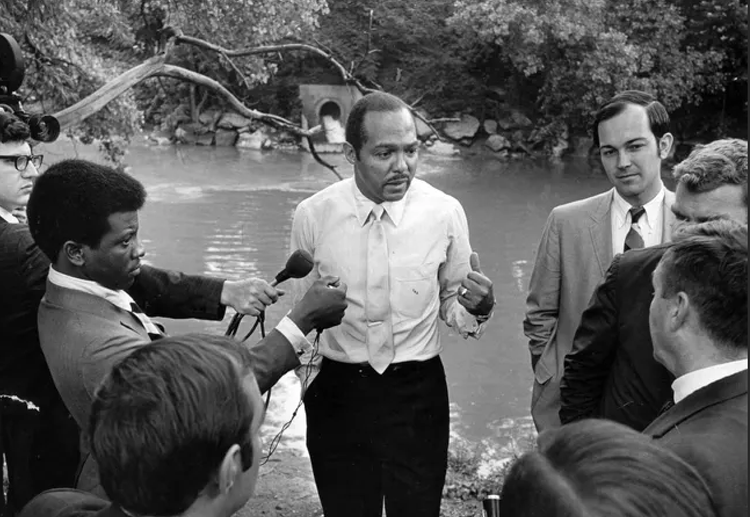A River Ablaze
In the United States, the year 1969 was a period of significant socio-political upheaval and transformation. The nation was grappling with the ongoing Vietnam War; the civil rights movement was at its zenith. In a collective push for change, marginalized groups advocated for equality. The year was also a time of pushback, with entrenched powers seeking a return to conservative values. This setting helped propel the political clashes that continue into today.
In Cleveland, Ohio, 1969 brought decline and transition. The city was reeling from racial tensions, job losses, and population decline. Industries were waning. Yet, amidst this turmoil, there were signs of cultural vibrancy and civic action. Music graced the city, and the first Hessler Street Fair marked a burgeoning sense of community and activism.
Cleveland’s pivotal moment occurred on June 22, 1969. On this day, the Cuyahoga River caught fire (yes, caught fire!). Burdened by years of industrial pollution, sparks from a passing train ignited an oil slick on the water. Although the blaze was brief, lasting less than 30 minutes, its impact was profound. Even though the river had burned several times in the decades before, this was the first time the nation noticed.

Mayor Carl Stokes, the first African American mayor of a major U.S. city, seized the moment to catalyze the environmental movement. The day after the fire, instead of hiding out or blaming others, Mayor Stokes led a “Pollution Tour” with the media. His goal was to showcase the extent of the river’s degradation to the national press. His advocacy for federal intervention and funding for clean water was relentless, and ultimately successful. Mayor Stokes’ efforts helped establish the Environmental Protection Agency (EPA) in 1970 and the passage of the Clean Water Act in 1972. These were landmark policies to protect our environment.

The Great Cleveland Turnaround
I learned about this history in preparing for my trip to Cleveland this past week. I was kindly invited by the phenomenal Dr. Donna Plecha, the Irwin Haber and Wei-Shen Chin, MD Chair in Radiology at University Hospitals Health System, to give the annual Dr. Theodore J. Castele Lecture at University Hospitals. A noted philanthropist and “TV doctor”, Dr. Castele himself was a strong advocate for public and community health.

During my visit, I was delighted to see Cleveland directly. The area around University Hospitals and the Case Western Reserve University campus is beautiful. Museums, greenery, and restaurants everywhere. Upon checking into my hotel, the receptionist told me that she was most proud of the Cleveland arts and theater scene. When I asked her about the legacy of the Cuyahoga fire, she proudly said, “we can all learn from Cleveland’s resilience and turnaround.”

And what a turnaround it has been. Cleveland has greatly diversified its industries and become a renowned healthcare destination, a hub for innovation, and a center for the arts.

University Hospitals and the Cleveland Clinic are leading the charge, recruiting top local talent as well as from around the world. During my visit, I met with a host of physicians, administrators, innovators, scientists, and trainees. I was struck by their creativity and collective interest to make a difference.
I also learned a lot about Cleveland’s current mayor, Justin Bibb. Only 37 years old, he reminds me of a younger Barack Obama: a local law school graduate and inspiring visionary whose career has risen meteorically. Mayor Bibb is a strong advocate for building a better Cleveland, and a better world. He currently serves as the Chair of Climate Mayors, a bipartisan network of > 750 U.S. mayors who act on behalf of their communities to act boldly on climate change. These mayors represent 48 states and over 70 million Americans.

Calls to Action
- Turn crisis into opportunity. Instead of only viewing our planet as being in crisis, let’s also recognize the opportunity for change. We can use ongoing pollution as a rallying cry for collective change.
- Sustained advocacy works. The EPA and the Clean Water Act were transformational. So too the Inflation Reduction Act. Despite roadblocks, keep on advocating. After all, positive change doesn’t happen on its own.
- Green means more than the environment. In cleaning up the Cuyahoga River and adding green space, Cleveland underwent a remarkable transformation: environmental and economic.
Although our work is never done, we can learn from the legacy of Mayor Stokes and Cleveland’s remarkable turnaround. In the future, will the Rust Belt become the Green Belt?
(Cover blog post photos courtesy of Cleveland Memory Project, Cleveland State University.


Leave a comment